Cat Looking at Water Bowl but Not Drinking: What's Going On?
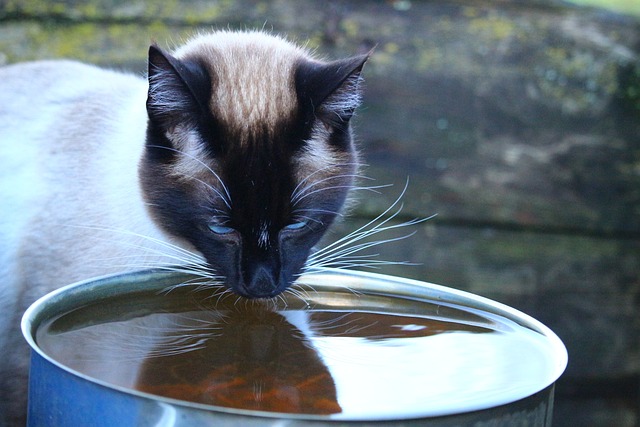
Tired of seeing your cat stare longingly at her water bowl without taking a sip?
Ever wonder why she's playing this game of feline 😼 psychological warfare?
I feel your frustration.
Let's dive deep into the mysterious world of cats and their hydration habits.
Let's find out why they tease us so.
Shall we?
Understanding a Cat's Refusal to Drink from Water Bowl
Why won't your cat drink from the water bowl?
Could be a few reasons:
- Maybe it had a bad experience with dirty water.
- The water bowl might have some funky smell or contamination.
- Some materials used in the bowl could bother its sensitive kitty senses.
- There's a chance it has medical conditions like diabetes or renal disease.
- It could be dealing with tummy troubles that make drinking uncomfortable.
- If it lost blood or suffered from heatstroke, it might mess with its thirst response.
- Water that's too hot or cold isn't very inviting either.
- Boredom might be another culprit - not enough fun stuff around the water bowl.
- Your cat might just prefer running water over plain old still water.
- Oh yeah, and aging can mess with the way cats sense thirst. 😺
If you see your cat acting uninterested in water, pay attention to these things and take action.
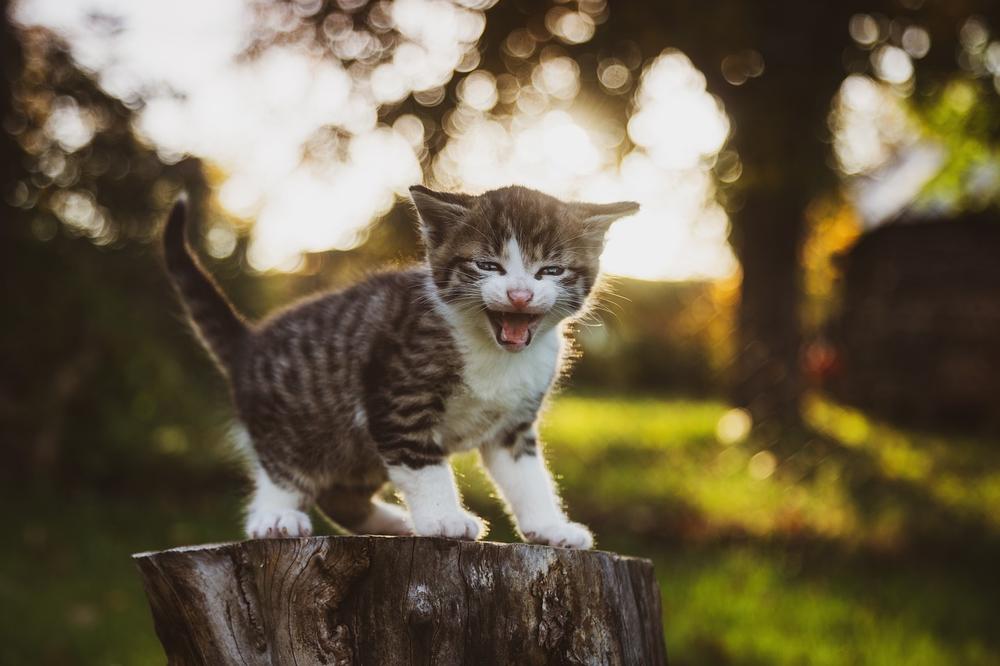
Make sure there's always clean and fresh water available in a good bowl.
And don't forget those regular vet visits and blood tests to spot any health issues.
Once you figure out what your cat likes and sort out any problems, you can help it stay hydrating in a healthy way.
Main points I'll expand upon further down this article:
- Cats may avoid drinking water due to upset stomachs or discomfort.
- Factors affecting water preference include age, bowl type, and location.
- Dehydration can be a sign of underlying health issues like kidney disease.
- Pay attention to signs of dehydration and seek veterinary care if necessary.
- Encourage hydration by raising water levels or using elevated bowls.
- Regularly clean and disinfect water bowls to provide clean water.
- Milk should be avoided as it can make cats sick.
- Illnesses like kidney disease and diabetes can cause dehydration.
- Adding flavor to water or switching to wet food can entice cats to drink.
- Senior cats may require veterinary care for memory problems and cognitive decline.
But what if your cat's refusal to drink is not due to any of these reasons?
Let's dive deeper into the issue...
Understanding Your Cat's Water Bowl Behavior
Cats may exhibit picky behavior when it comes to drinking water due to factors like whisker fatigue, health issues, and preferences for running water. Signs of dehydration should be monitored, and providing clean, elevated water bowls can encourage hydration. Avoid giving cats milk as it can upset their stomach.
If you're confused why your cat is staring at the water bowl but not drinking, you might be puzzled.
But fear not, my fellow cat lover, because today we're delving into understanding your cat's water bowl behavior.
Now, let's get to the point – cats can be picky, and that includes drinking water.
There are a few reasons why your kitty might be finicky with their water bowl.
One reason could be whisker fatigue.
Cats have sensitive whiskers that touch the sides of narrow bowls when they drink, causing discomfort and making them refuse.
But there's more to it.
Health issues may also play a part. Just like us, cats can have upset stomachs or feel unwell after vomiting.
Stagnant water isn't appealing either – imagine finding a green slime party in your bowl.
Gross!
Other factors matter too.
Thyroid problems, diabetes, and kidney issues might make them avoid the water bowl.
And hey, senior cats have their own preferences, especially when it comes to running water.
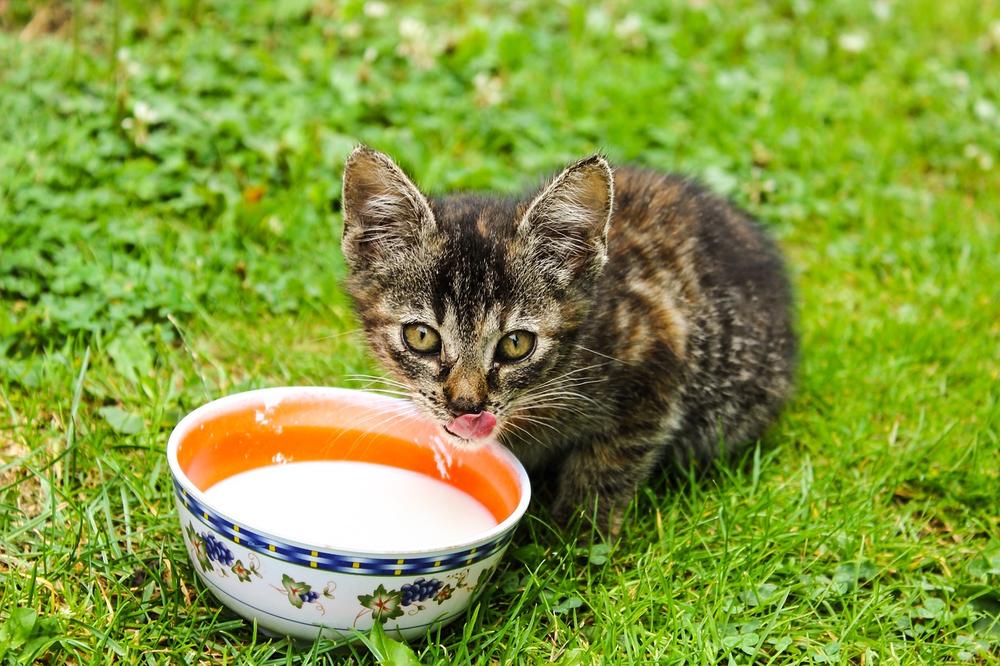
Can't blame them for wanting a refreshing waterfall experience, right?
Stress, allergies, and bacterial infections can also affect their water preference.
So, what should a cat parent do?
First, watch out for signs of dehydration – lethargy, sad fur, sunken eyes.
They're all warning signs.
To encourage hydration, make sure there's plenty of water available, especially if your cat has joint pain.
Consider raising the water bowl or getting an elevated one.
And don't forget to clean those bowls regularly and disinfect them. Nobody likes drinking from a dirty cup!
Oh, and here's a tip:
Avoid giving your cat milk as it can upset their stomach.
Keep that in mind.
And if you've ever wondered why your feline friend has a peculiar tendency to perch in the bathtub, I understand your curiosity.
In my blog post Why Does My Cat Sit in the Bathtub, I delve into the various explanations for this quirky behavior.
Discover the surprising reasons behind your cat's affinity for bathroom fixtures and gain a deeper understanding of your furry companion.
What Do I Do to Make My Cat Drink Water?
Experiment with different water bowl types and flavors
Finding the right water bowl for your cat can be a challenge.
Some cats like wide or shallow bowls while others prefer ceramic or glass ones.
It's all about what works best for your furry friend.
If your cat is getting older, their behavior and thirst levels might change.
They may need some extra encouragement to drink water.
Keep an eye out for signs of dehydration caused by illnesses like kidney disease, heat stroke, or diabetes.
To help your cat drink more water, try adding flavor to it.
Boiling chicken or fish cooking liquid can do the trick.
You can also use oral rehydration fluids to keep your cat hydrated.
Consider dietary changes and portion control
Did you know you can add a little something extra to your cat's water?
Some cats love the taste of flavored water, so give it a try. Switching from dry food to wet food can also help because it has more water content.
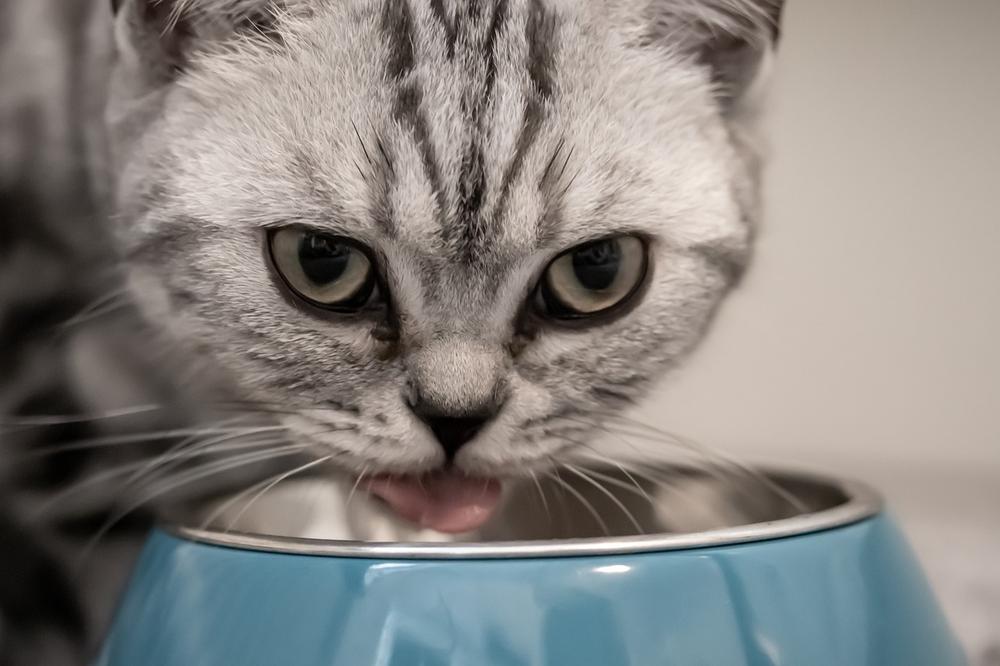
It's a nice change for their taste buds.
But remember, don't force your cat to drink too much.
Excessive drinking can lead to choking.
Surprisingly, dry food can actually increase water intake, especially in hot weather when cats naturally drink more.
Watch out for health issues and seek veterinary care if needed
Water is great for keeping your cat at a healthy weight.
Overweight cats are more prone to feline diabetes, so watch their sugar and unhealthy food intake.
Ketoacidosis can affect their appetite and thirst, but transitioning to a canned or raw meat diet with higher water content can help prevent dehydration.
If you've tried everything and your cat still isn't drinking enough water, it's time to seek professional advice.
Pay attention to symptoms like vomiting, diarrhea, or lethargy.
A trip to the vet might be necessary.
And for our senior cats, it's always a good idea to have them checked out by a veterinarian. Just like us, they can experience memory problems and cognitive decline as they age.
And now, let's discuss why you ought to avoid forcing your cat to drink water and explore alternative solutions.
Should I Force My Cat to Drink Water?
You might be asking yourself, "Should I make my cat drink water?" Well, let me give you some insight on this.
Forcing your cat to drink water using any method, like syringes, can actually stress them out.
It could even make them dislike drinking water even more.
Cats need water to stay hydrated.
Without it, they can become dehydrated, and that's dangerous for them.
One big problem cats may face is chronic kidney disease.
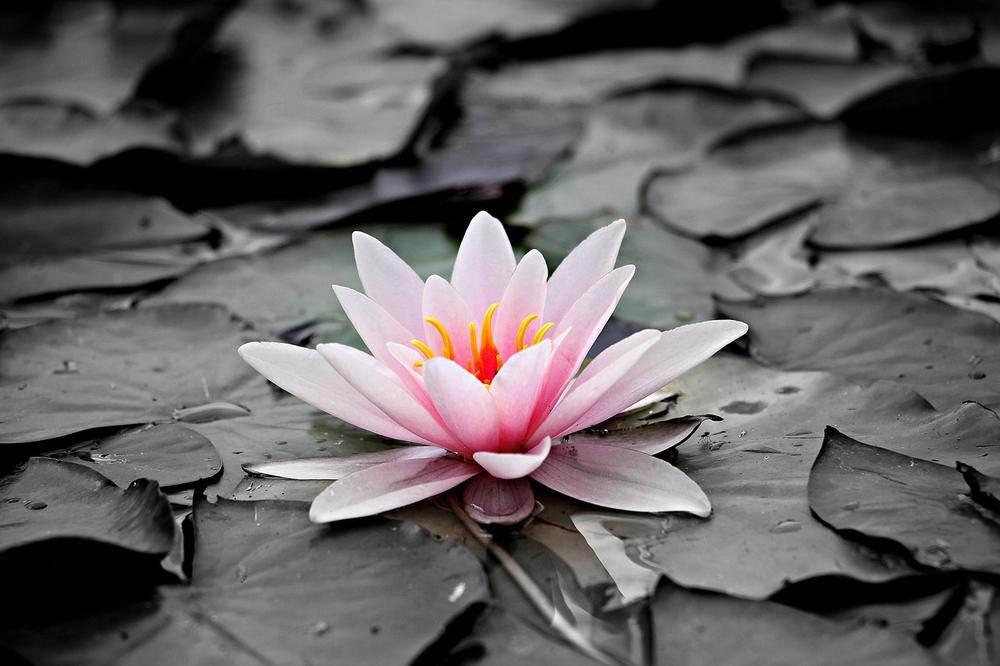
If your cat seems weak and refuses to eat or drink for a whole day, you should take them to the vet right away.
Dehydration is more serious than starvation because it causes mineral loss and other complications.
Although cats can go without water for four days, sick cats should be hydrated within 48 hours to avoid more issues.
Being properly hydrated is absolutely necessary for their survival.
Using a syringe to put water in your cat's mouth should always be your last option because it can stress them out even more.
That being said, there's a viral infection called feline panleukopenia that attacks cat cells.
Cats with this infection need intensive supportive care.
And that wraps up today's article.
If you wish to read more of my useful articles, I recommend you check out some of these: Why Do Cats Lick Themselves After You Pet Them, Do Cats Understand Kisses, Why Do Cats Knock Over Their Food Bowls, Is Purring Involuntary in Cats, and Why Is My Cat Hiding in the Closet
Talk soon,
-Sarah Davis